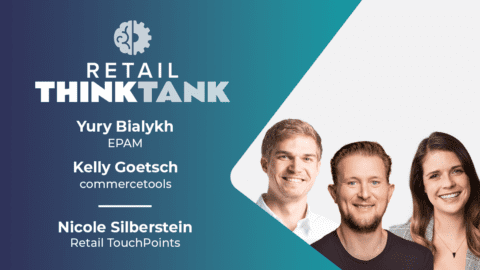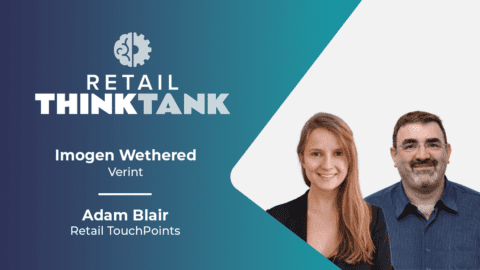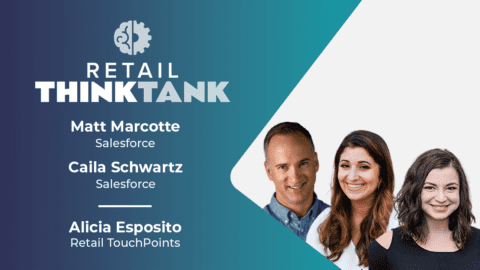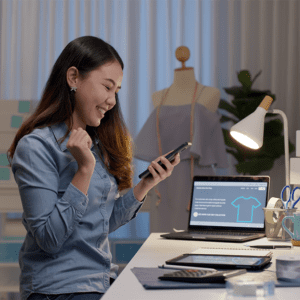With supply chain challenges rampant worldwide, many brands and retailers are focusing on consistent, even proactive, communication to address the demand side of the equation. But Lindsay Jerutis, GM for ShopStyle Collective, believes that marketing and social teams are overlooking a significant opportunity: using influencers to sway product demand and respond to product availability challenges.
The influencer marketing industry is poised to reach $16.2 billion by the end of 2022, in large part because influencers can provide direct connections to consumers and allow brands to deliver messaging in an authentic and relevant way. “Consumers follow influencers for more than just shopping advice — they look to them for motivation in their daily routines, their relationships and even their personal wellness,” said Jerutis in an interview with Retail TouchPoints. “A great influencer will have a two-way line of communication between them and their followers. Brands can capitalize on this connection to communicate pertinent and actionable messaging in a trustworthy manner.”
Jerutis revealed her thoughts on the unique role that influencers can play in helping brands and retailers manage the supply chain crisis, and best practices she believes they should follow.
Advertisement
Retail TouchPoints (RTP): How can marketing and, specifically, social media help brands better manage consumer demand?
Lindsay Jerutis: Social media provides a very direct line to consumers, so it should be managed as carefully and with as much intent as the in-store experience. Social media is where customers will go to brag, complain and advocate. This makes social media and social marketing an integral part of supply management.
Creating a network of brand advocates, experts and casual users through branded and affiliate activations allows a savvy marketer to create a powerful connection to a large audience of both existing and potential customers. Brands can leverage influencer relationships to navigate situations like new product launches, supply chain issues, inventory surplus and more.
RTP: What challenges or pressures can social media help address in supply chains specifically? What unique value do influencers provide in this area?
Jerutis: Brands can leverage their own social media accounts to alleviate many of the pressures that supply chain issues can bring. Having the ability to communicate directly to consumers through their own social channels helps deliver messaging that tilts the pendulum of demand toward products that are most beneficial to the retailer.
Working with influencers takes it a step further, adding a layer of authenticity and relevancy that is truly unmatched. For example, if a clothing retailer is struggling with supply chain issues and has an abundance of items from previous seasons, and limited inventory of new items, it can leverage influencers to create in-time content that promotes out-of-season and older inventory, making what’s old new again. An influencers’ gift for delivering relevancy to their audience is unparalleled and an integral tool in a marketer’s toolbox.
RTP: Can you share examples of what this “in-time content” looks like in the context of product availability?
Jerutis: Aside from using influencers to bring attention to in-stock items, brands can leverage influencers to provide transparency around the supply chain issues that they’re experiencing. For example, if an item has been out of stock for a while due to supply chain woes, influencers are a great communicator for when high-demand items come back in stock.
RTP: What level of collaboration and orchestration is required (and across which functions) to ensure influencer communication is done accurately and effectively?
Jerutis: A brand’s social and marketing teams need to be completely in sync to get the most out of social media spend. In most organizations, the marketing team will be focused on managing influencer relationships, while the social team will be focused on leveraging owned channels to promote products and raise brand awareness as well.
The two teams need to closely collaborate to reach a common objective. Take a new product launch; a brand should tap into the authenticity of influencers to reach consumers in an organic way, but they should also promote their own social posts to expand visibility as much as possible.
RTP: Supply chain issues could be short-term and immediate — or they could be long-term. How can brands best respond to unexpected disruptions? How can they be prepared to act quickly and intelligently?
Jerutis: We live in a volatile world where several outside factors, beyond just supply chain, can throw a wrench in a brand’s operations. As these situations emerge and evolve, communication is key. Having a consistent dialogue between marketing and social organizations allows the two to adjust priorities and act accordingly in conjunction with one another.
Also, as it pertains to influencer marketing, this is where long-term relationships really do help. It’s very difficult to call on friends that you have never met or haven’t communicated with in months, [but] if you are in continuous communication with creators that enhance your brand messaging, they will help you pivot very quickly. We saw this happen in the early part of the pandemic: brands had been planning workwear campaigns and influencers were able to quickly pivot and provide relevant content that brands were unable to produce in-house. Think back to content you saw on social like “the best accessories for your Zoom meetings,” “business up top/athleisure on the bottom looks,” “how to design your home office,” which really helped brands reposition their inventory to fit immediate needs.
RTP: We have seen a lot of debates regarding the effectiveness of macro- versus micro- and nano-influencers. Is one more effective than the other in this case?
Jerutis: The most important thing is to understand what your marketing objectives are. If you’re looking to raise overall brand awareness and reach as many people as possible, it would make the most sense to look into larger branding campaigns with influencers who are more established, with larger followings.
On the other end, if you want to drive performance and increase sales on specific products, mid-tier and smaller influencers (often referred to as nano- or micro-influencers) would be a great choice. Even though they might have smaller audiences, they tend to have the most engaged and loyal followings.
For most brands, there’s a healthy balance of a mix of creators at any given time. If a brand is ramping up for a new product launch, they might want to invest heavily in larger influencer campaigns in the lead-up to the launch date to drive buzz around the product. Close to launch, they will want to start activating mid-tier influencers to drive immediate purchase. And after launch, they can then tap into the micro-influencer community and affiliate incentives to drive sales while continuing to manage those larger influencers who fuel the upper funnel. As marketing objectives fluctuate, so should influencer marketing spend, incentives and focus.
RTP: Are there any best practices brands and retailers should follow as they work through influencers to communicate with consumers?
Jerutis: It’s important to understand that the influencer is the expert on their consumer base. Brands should let influencers have creative control over their content when navigating an influencer relationship. Marketers tend to want to be in charge of the message and leave little room for misinterpretation, but that authentic relevancy that comes with influencers requires letting go of that control. It’s okay to give them directions and guidelines such as inventory status, top categories, brand messages, etc., but ultimately the content itself should come through the voice of the creator. Audiences know when an influencer is being coached or scripted, and they are much less likely to absorb a message when it’s forced.
Brands and retailers should also remember that influencer relationships, like those with customers, should be long-term. The more the influencer speaks of your products, the more reinforced the messaging becomes. It’s hard to be a brand advocate if you only speak about a product once. Think of an influencer as a full funnel marketing channel. They should take a consumer from awareness to purchase to expansion to advocate. That is their unique power.



